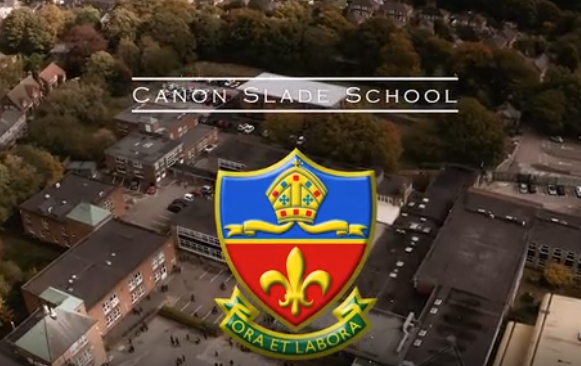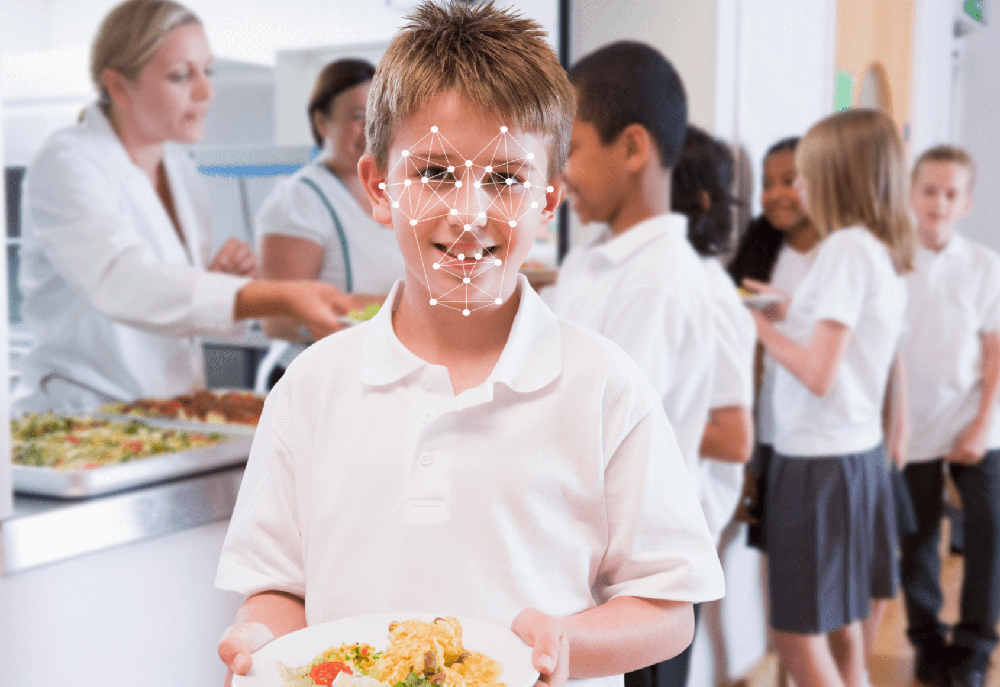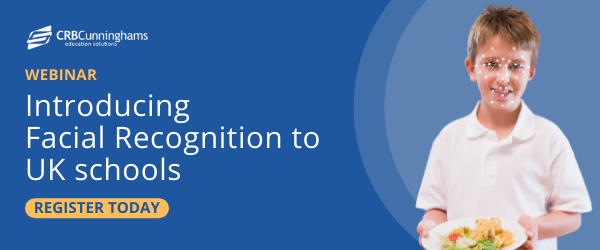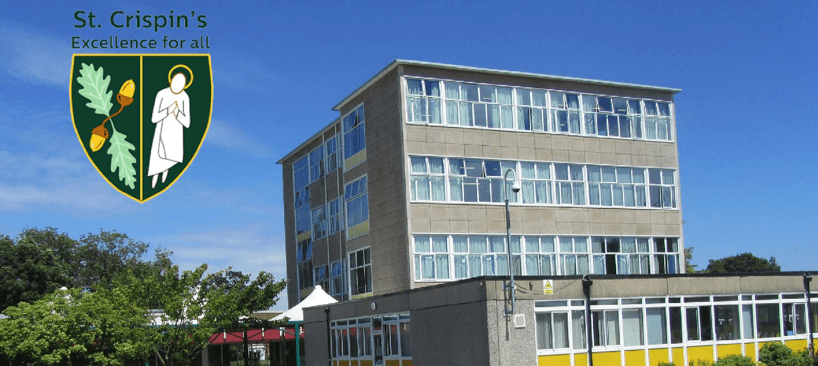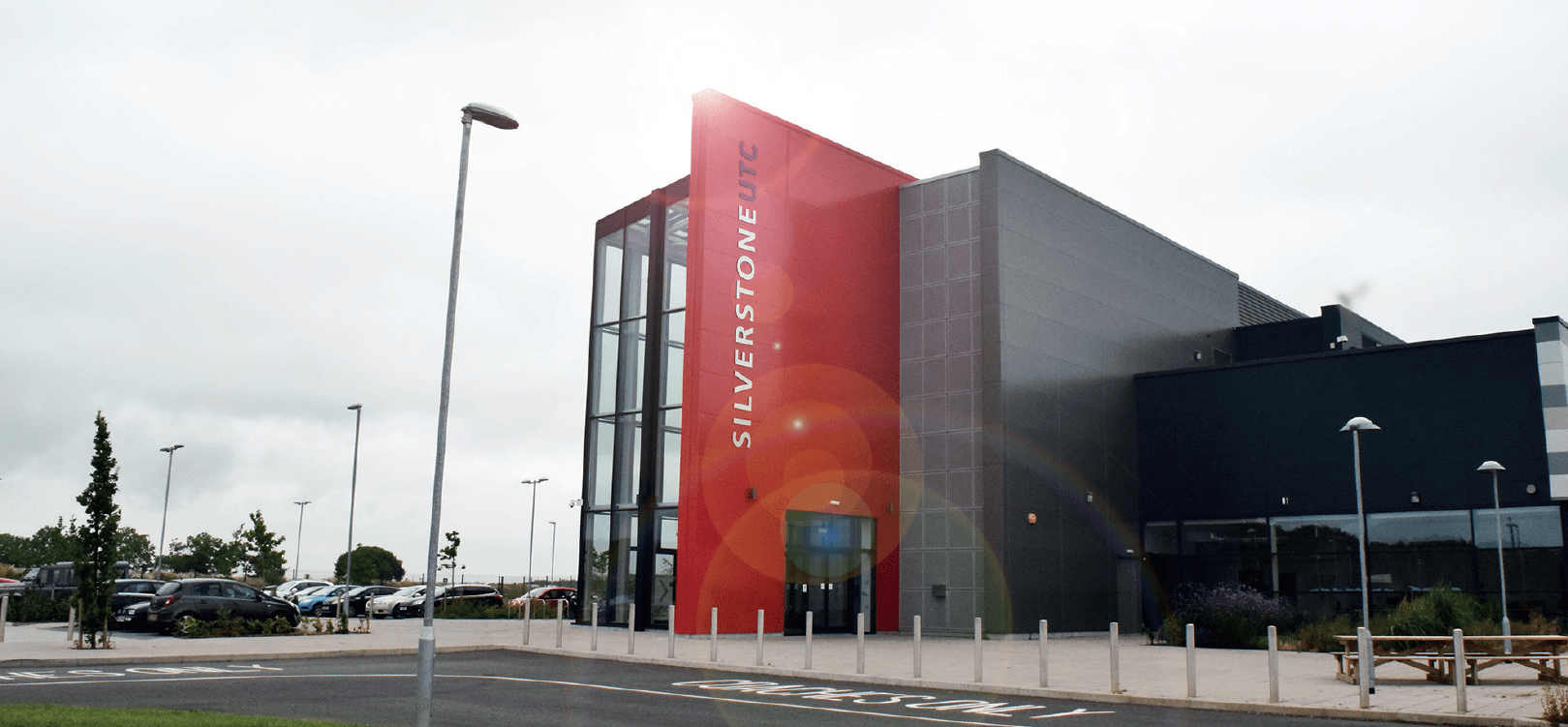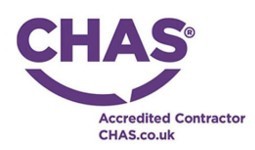Using technology to improve the student lunchtime experience
In 2021, a Bolton-based school became the first in the Northwest to implement CRB Cunningham's Facial Recognition technology as one of their cashless meal transaction methods for pupils looking for a contactless lunch experience.
The school accommodates over 1700 pupils, and with the number of new admissions increasing, it required a solution to reduce lunchtime queues and offer all a more straightforward dining experience.
As pupils returned to school after months of disruptions, the school implemented Facial Recognition in September 2021 to improve the lunchtime experience for pupils and staff.
Enhancing the existing lunch service
After replacing their previous cashless catering system with CRB Cunningham's cashless catering system, Fusion, which combines cashless catering and online payments into one fully integrated solution and utilises CRB Cunninghams' iDStore software, the school added Facial Recognition software to their Fusion offering.
Facial Recognition is a contactless biometric method that scans the pupil’s face at the PoS, matches the individual’s face template stored on the school’s secure server, and then authorises the transaction. Retaining fingerprints security but eliminating the need to touch a scanner, Facial Recognition offers pupils an additional way of providing a contactless, COVID-safe lunch service.
After a significant increase in pupil admissions, adapting and providing its pupils with the very latest in technology was crucial, whilst offering an extra measure to safeguard pupils from allergies and help keep the school COVID-secure.
Accommodating increasing pupil numbers
Schools across Bolton and the UK have used fingerprint technology for many years for services such as food purchases and library facilities. As the school accepts an increased number of pupils, they looked to new technology to help manage the busier lunch queues.
“In 2018/19, our admission number increased with an extra 30 students in Year Seven and having additional students every year since has impacted on lunchtimes - we have 1,750 students.
This system, which has the highest level of security, provides a cashless catering system, which speeds up the queues because students are not looking around for their cards as having to use the previous card system.
The added bonus is it is completely contactless, helping enhance COVID secure measures.” - School headteacher.
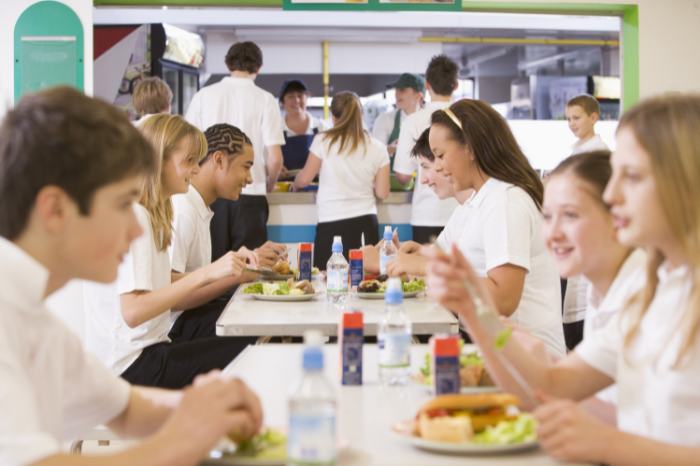
With lunch and break times shortening, schools face increasing pressure to get many students through lunch in a shorter space of time. Facial Recognition is faster than traditional biometric methods such as fingerprints, with the average transaction time currently at five seconds per pupil.
This contactless identification method allows school catering teams to safely increase the speed of service by simplifying the payment process for pupils and eliminating the need to carry any form of identification, such as a card or even enter a PIN.
“It’s the fastest way of recognising someone at the till. In a secondary school, you have around 25-minutes to serve potentially 1,000 pupils. So we need fast throughput at the point of sale.” - David Swanston, Group Leader at Vesta Software Group.
Increasing existing cashless offerings
Facial Recognition is built within CRB Cunningham’s cashless catering system Fusion, enabling the Bolton-based school to manage data and permissions within one central software package. After implementing Fusion, pupils were offered several different recognition methods. Pupils who decide not to use Facial Recognition can choose from four other identification methods within Fusion, including PIN, manual look-up, fingerprint, or card.
Pupils who opt-in to use Facial Recognition benefit from a fast and fully contactless recognition method at the PoS. The software works by scanning the pupil’s face, creating an algorithm, and looking for a match in the school database (MIS):
- Capture - CRB Cunningham’s Facial Recognition system is not live and requires the till operator to initiate the software by clicking on the pupils’ nose.
- Extract - the face capture process transforms analogue information (a face) into a set of digital information (data) based on the geometry of a person’s facial features.
- Match - the extracted data is compared against the school database held within the school’s MIS. A match is found, and the relevant pupil account is returned to the PoS user to complete the transaction.

If the system identifies multiple potential matches, e.g. twins, the operator will be shown all possible matches and prompted to select the correct pupil amount.
Whilst pupils can choose to use Facial Recognition, the school’s headteacher states that the system is not compulsory, and pupils can still use a unique PIN instead:
“It is early days, but the system is proving very beneficial; pupils have more time to sit and eat so that they can socialise over their meals. This is an example of the school using technology to improve the student experience.”
Pupils are already praising the software. One year eight pupil said: “I love the new biometric system. It makes getting my lunch so much easier.” Whilst another pupil added: “I am really enjoying using this new technology. It’s so quick!”
Safeguarding pupils with new technology
The school's headteacher has stressed that security with Facial Recognition is exceptionally high. The school gained explicit consent from parents before allowing pupils to use the software. Pupils who choose not to use the software can easily use alternative methods available within Fusion at the PoS, including PIN, fingerprint, card, and manual look-up.
Before capturing and storing a face template, similarly to fingerprints, parents and guardians must consent for the pupil to use Facial Recognition. Permission statuses are stored within Fusion, and therefore a face template is not created without setting the permission to Approved.
By default, Fusion automatically marks users as ‘not consented’ to Facial Recognition, which requires users to explicitly opt-in before using the system.
Facial Recognition data is stored on the secure school server and works as a closed-loop system, and is not accessible to the outside world. The system uses AES 256-bit encryption and is only accessible by the school.
For the school, safeguarding pupils has been a key priority throughout the introduction of Facial Recognition. In addition to speeding up the lunch service and helping pupils remain COVID-safe, the new software has safeguarded pupils with allergies and helped the school comply with new laws brought in, such as Natasha’s Law.
Natasha’s Law came into effect in October 2021, which requires all food businesses, including school caterers, to provide complete ingredient lists and allergen labelling on foods pre-packaged for direct sale on the premises, which also applies to schools.

The school's headteacher said:
“Natasha’s Law will also affect schools, and this (Facial Recognition) technology allows the school to check what food students have bought, and if there is anything they could be allergic to, it can be flagged up immediately. It is also a truly contactless system. There is no keypad, just facial scanning.”
Adapting to new technology
Adapting to increasing pupil numbers and shorter lunchtimes by increasing their cashless offering with new technological advancements has been one of the most effective ways for the Bolton-based establishment to adjust. By putting the pupil experience first and providing a safe, secure, and fast transaction method, its staff and pupils sat ahead of the curve with its latest offering.
Watch our Introduction to Facial Recognition webinar to learn more about how Facial Recognition technology is used in schools and how your school can benefit from this innovative solution.
Book a free demonstration for more information on how your establishment can benefit from this innovative solution.

